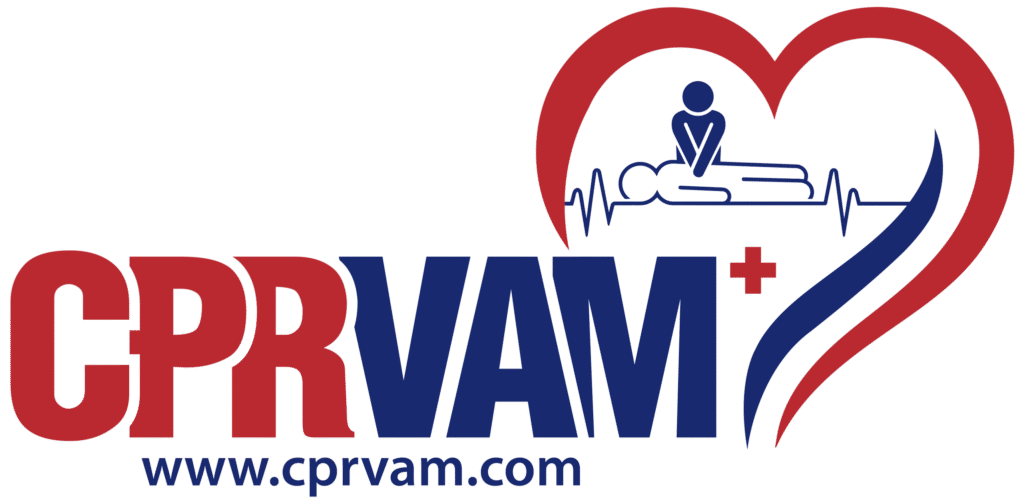Conclusion
The AHA ACLS Algorithm provides healthcare providers with a structured, step-by-step approach to managing life-threatening cardiac emergencies. By following these evidence-based guidelines, responders can deliver high-quality care, improve survival chances, and reduce complications. Mastery of the ACLS protocols, including rapid assessment, timely interventions, and continuous evaluation, is essential for saving lives. For hands-on training and in-depth knowledge, consider joining CPRVAM to strengthen your skills and confidence in advanced cardiac life support.











